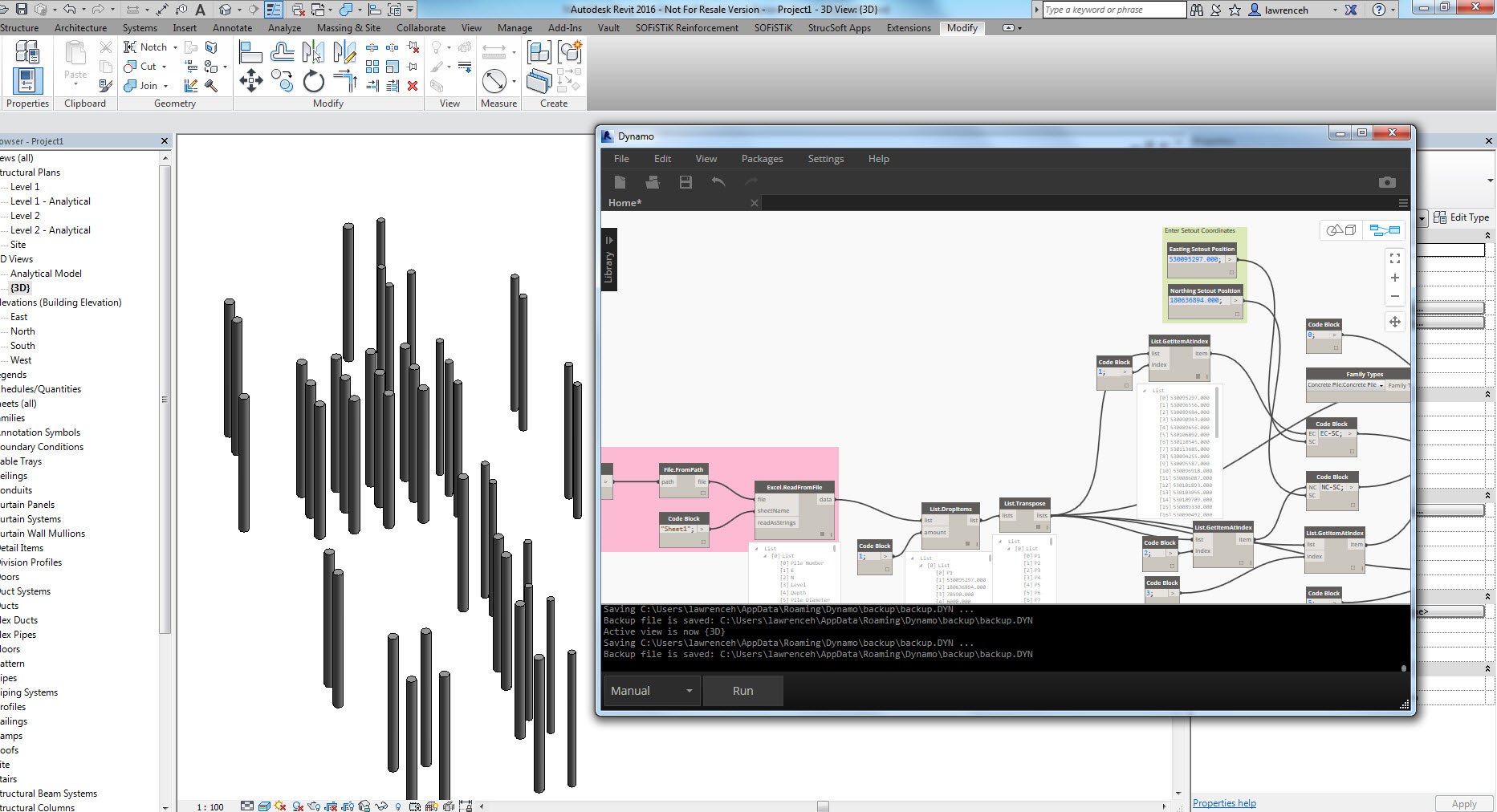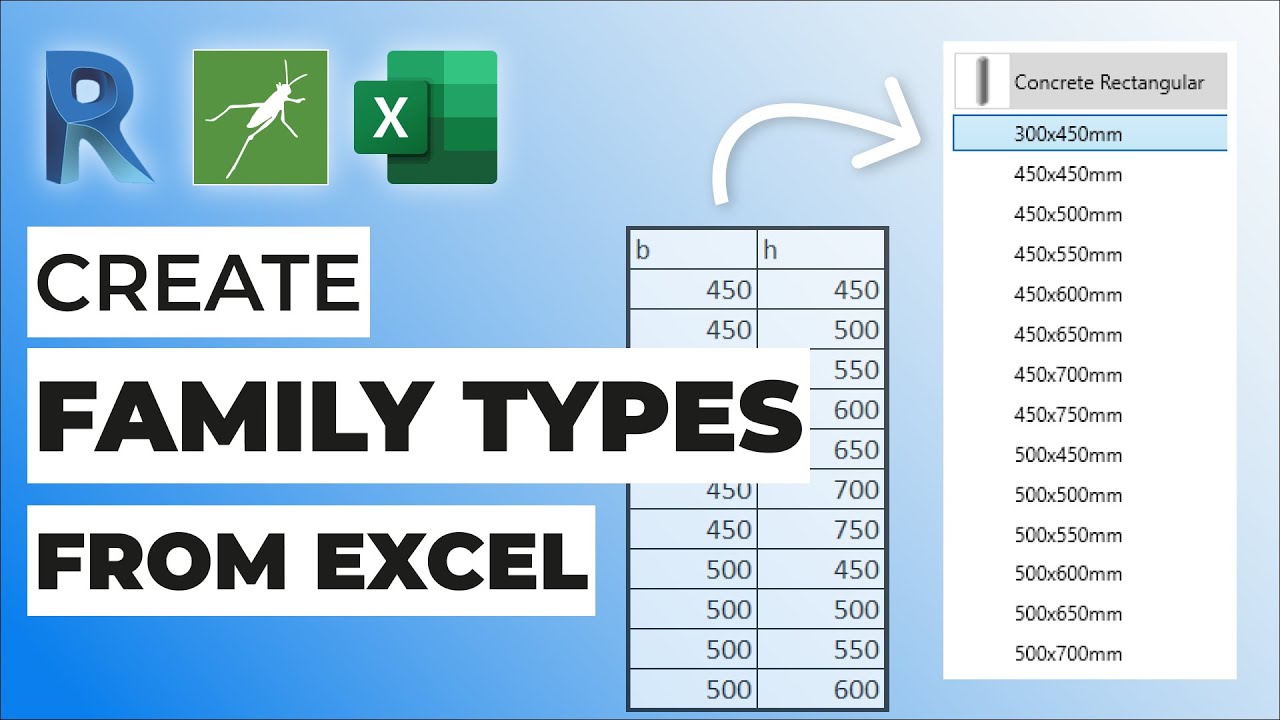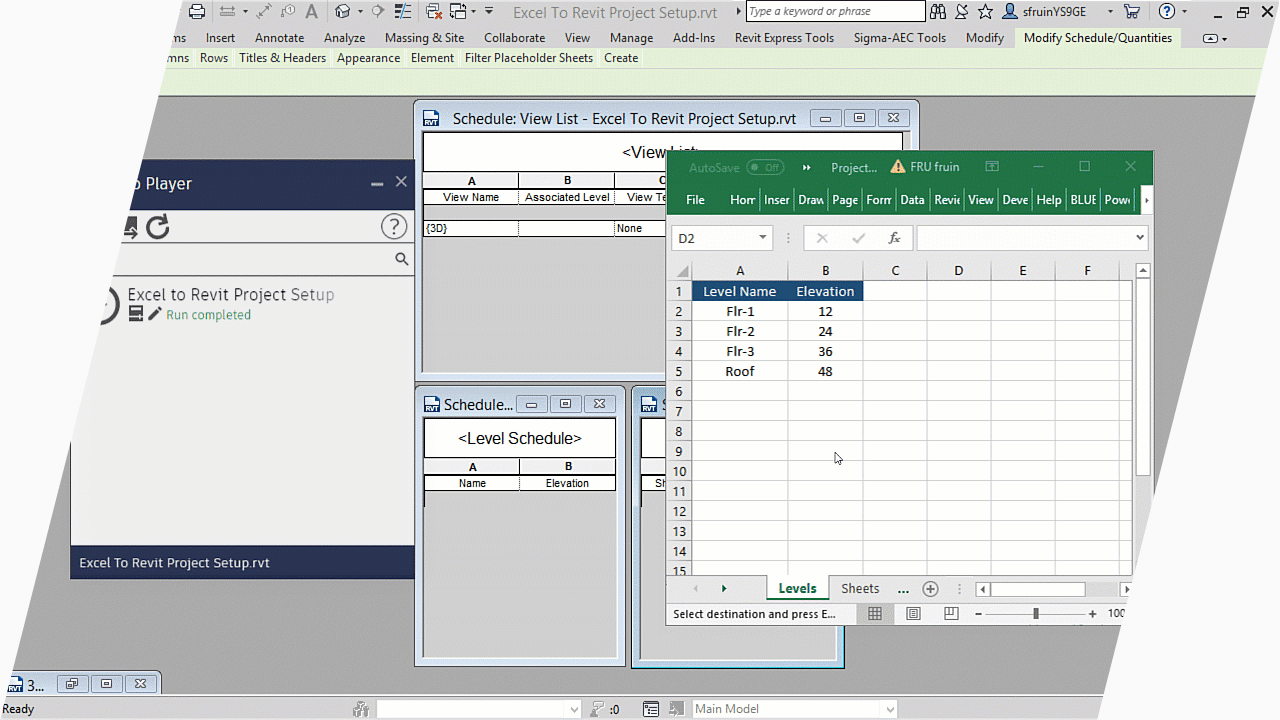Equipping Architects and Designers With Seamless Integration and Boosted Performance Through Revit
Are you an architect or engineer looking to boost your productivity and enhance your workflow? Look no more than Revit. With its smooth integration and automated process, Revit equips you to collaborate effortlessly with coworkers and connect properly with clients. By leveraging its integration with various other software program tools, you can boost your performance and enhance your design and documentation procedures. Prepare to take your work to the following degree with Revit's data-driven understandings.
Streamlining Cooperation and Interaction
Enhancing cooperation and interaction is important for designers and engineers to improve performance and effortlessly integrate their work using Revit. By using the collaborative features of Revit, you can easily share task documents, coordinate style modifications, and connect with employee in real-time. With Revit's cloud-based platform, you can access job information from anywhere, enabling far better collaboration in between employee that may be working from another location or in various places.
Among the crucial benefits of Revit is its ability to help with concurrent design work. As a designer or engineer, you can function on your component of the task while others work on theirs, and Revit will instantly update the whole model, making certain that everyone is using one of the most current information. This eliminates the need for manual sychronisation and reduces the threat of errors or contrasting layout changes.
Revit additionally gives a centralized system for communication, permitting staff member to trade concepts, provide comments, and solve issues swiftly and successfully. You can use the commenting function to leave notes straight on the design, making it very easy for others to comprehend your tips or concerns. In addition, Revit's integrated messaging system enables seamless communication between group members, cultivating a collaborative environment that advertises effective decision-making and problem-solving.
Leveraging Revit's Integration With Other Software Application Devices
By including Revit's assimilation with other software tools, you can easily improve your workflow and boost collaboration. Revit's compatibility with different software program applications enables you to flawlessly move data in between various platforms, conserving you time and effort. For instance, you can import building designs from AutoCAD straight into Revit, removing the need for hand-operated rework and ensuring precision throughout the layout process. Furthermore, Revit's integration with architectural evaluation software program enables you to perform complicated structural estimations and simulations without leaving the Revit environment. This combination not only enhances your efficiency yet also makes sure that your styles fulfill industry requirements and laws. In addition, Revit's interoperability with energy evaluation software allows you to examine and enhance the energy performance of your building styles. By evaluating variables such as daylighting, thermal efficiency, and heating and cooling systems, you can make enlightened decisions to develop energy-efficient and lasting layouts. The smooth integration of Revit with various other software program devices equips you to collaborate a lot more properly with your group members and stakeholders. For example, you can conveniently share designs with specialists and consultants utilizing cloud-based partnership platforms, helping with real-time interaction and coordination. By leveraging Revit's combination abilities, you can improve your style process, enhance partnership, and ultimately provide much better end results for your projects.
Boosting Effectiveness Via Automated Workflows
Maximize your effectiveness by using automated workflows, which can substantially reduce repetitive tasks and enhance your style procedure. With the improvements in modern technology, designers and engineers currently have the capacity to automate different elements of their work, enabling them to focus much more on the innovative elements and less on ordinary tasks. By executing automated workflows, you can conserve valuable time and initiative, ultimately boosting your efficiency.

One way to enhance performance is by utilizing automation devices that incorporate perfectly with your design software program, such as Revit. These devices can automate repeated jobs like producing schedules, creating floor plans, or producing 3D models. By automating these tasks, you can eliminate human error and decrease the time invested in hand-operated input, permitting you to complete jobs quicker and properly.
Automated operations also make it possible for much better cooperation amongst group participants. With automated procedures in location, you can quickly share and update project info in real-time, ensuring that everybody has accessibility to one of the most updated data. This eliminates the requirement for consistent back-and-forth interaction and reduces the risk of miscommunication or mistakes.
Additionally, automated process can improve your layout procedure by integrating various software program devices and removing the need for hands-on data transfer. As an example, you can automate the transfer of data from your layout software program to your analysis tools, allowing you to swiftly assess different design choices and make informed choices.
Maximizing Layout and Paperwork Processes

To optimize your design and documents procedures, make use of automation devices that seamlessly incorporate with your software application, enabling you to efficiently update and create task details.
Automation tools can significantly enhance your style and documents processes. By integrating these tools with your software application, you can conserve beneficial effort and time. With just a couple of clicks, you can create in-depth job information, such as schedules, illustrations, and records. These devices eliminate the need for hand-operated information entry and repeated jobs, liberating your time to focus on even more essential elements of your job.
One of the essential advantages of making use of automation tools is the capability to easily upgrade project info. As your style progresses and changes, these tools instantly upgrade all related documentation, making certain accuracy and consistency throughout your task. This gets rid of the demand to by hand update each record individually, saving you hours of tedious job.
Furthermore, automation devices provide a centralized platform for collaboration and interaction. Several employee can deal with the very same task at the same time, with real-time updates and accessibility to the most up-to-date information. This improves performance, minimizes errors, and promotes much better partnership amongst team members.
Empowering Architects and Engineers With Data-Driven Insights
Making use of data-driven understandings equips architects and engineers to find more make informed choices throughout their layout and paperwork procedures. You can harness the power of information to boost your layouts, improve your process, and optimize your tasks. By evaluating information and drawing out important understandings, you can obtain a much deeper understanding of your job's requirements and constraints. This knowledge permits you to make more educated choices when it pertains to materials, structural aspects, and layout approaches.
By leveraging data, you can likewise maximize your styles for performance, sustainability, and efficiency. You can assess power use, thermal efficiency, and various other essential metrics to guarantee that your designs satisfy the highest criteria.

Conclusion
So, as you can see, Revit is a game-changer for engineers and engineers. Its seamless combination with various other software tools, such as cloud-based cooperation platforms, boosts performance and streamlines interaction. The automated process and optimization of style and documents procedures further enhance effectiveness. And maybe most importantly, Revit equips designers and designers with useful data-driven insights. With Revit, you have the tools to change your job and take your projects to brand-new heights.
By making use of the collaborative attributes of Revit, you can quickly share task files, coordinate design changes, and connect with team members in real-time. Furthermore, Revit's assimilation with structural analysis software program enables you to carry out intricate structural computations and simulations without leaving the Revit atmosphere. Revit's interoperability More hints with energy evaluation software program allows you to assess and optimize the power performance of your structure styles. By leveraging Revit's wikipedia reference integration abilities, you can improve your style procedure, enhance cooperation, and eventually deliver better outcomes for your projects.
One means to increase performance is by utilizing automation tools that incorporate effortlessly with your design software program, such as Revit. revit plugins.